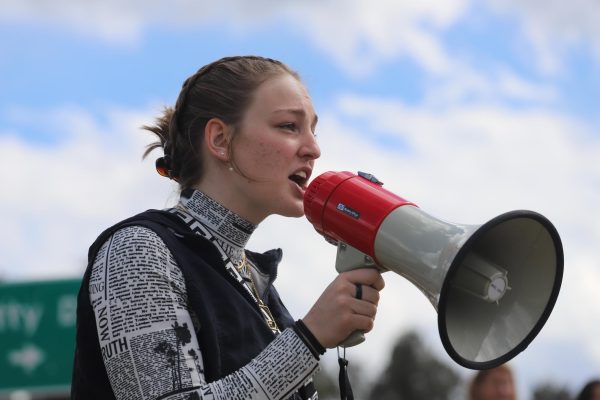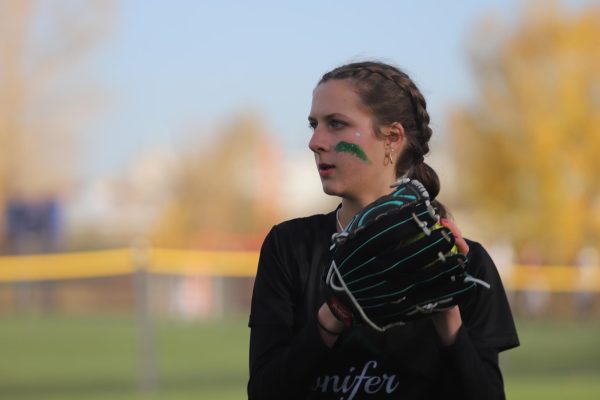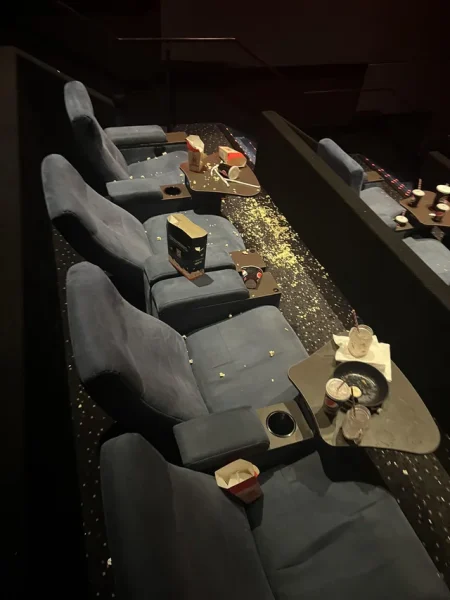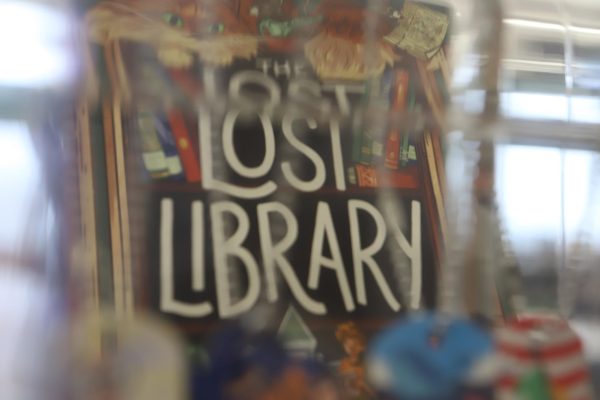Changing Visits
COVID-19 Has Changed University Tours
A student walks onto a university campus, eyes bright and ready to ask questions… or maybe not. University campus tours have changed and so has the student experience.
The COVID-19 outbreak in the spring pushed universities around the country to reevaluate the way they offer tours to prospective students. Universities are now offering virtual tours and altered in-person tours.
“Now in-person tours are only for 1 family at a time, compared to having 3 or 4 families per tour. There’s a limit of around 10 people per tour as well, so if someone wants to bring their grandma, grandpa, aunt, and uncle, they might have to cut it down,” Cami Mathews, the Coordinator of Visit Services at the University of Northern Colorado, said. “I actually like the 1-on-1 tours because they give a more personalized experience. You don’t have to worry about all the other students’ questions.”
While in-person tours have changed, many universities are still offering them to allow students to see the university campus. However, many students lack the resources to visit the schools in person, which is where virtual tours have become an asset.
“I still think virtual tours offer a good insight. We have a couple that were filmed- one that was filmed in the spring and then we did another earlier this fall that was turned into a self guided walking tour,” Associate Director for Visits and Events of Miami University, Andrew Boehm, said. “But not being able to be there, stand there, seeing the other people that are around and feeling like ‘this is a place I can be’- I think that’s impossible to do in a virtual sense.”
Touring is something that has been a widely encouraged opportunity for students and something that many look forward to. Visiting schools can help students get a feel for the university and get to know the campus culture.
“It’s the people, you know? It’s making that connection with a tour guide, talking to a professor, and understanding that they are different from high school teachers. They are world renowned in their areas of study, but are they dedicated to their students? How much are they going to be there to support their current students? Normally, if they’re willing to meet with prospective students, they love teaching, that’s why they’re here,” Boehm said. “The main impactful thing of the collegiate experience is the people you surround yourself with. You know, I wanted to go to a really small college because I felt like I wanted to have those personal relationships that I had at a small high school, and I did that. I didn’t have that many opportunities at my fingertips, but I met some of the most incredible people I’ve ever been around in my entire life, made lifelong friends, and had a couple of professors that I still keep in contact with to this day.”
With tours being important to so many high school students, universities are trying to keep tours open for as long as possible. This does, however, cause some internal conflict for Cami Mathews.
“It’s important to us that we keep everyone on our campus safe, so while we want to keep tours open, we have to be careful about it,” Mathews said. “It’s hard because I want students to be able to tour the campus but we also don’t want to compromise the health and safety of our staff and students.”




